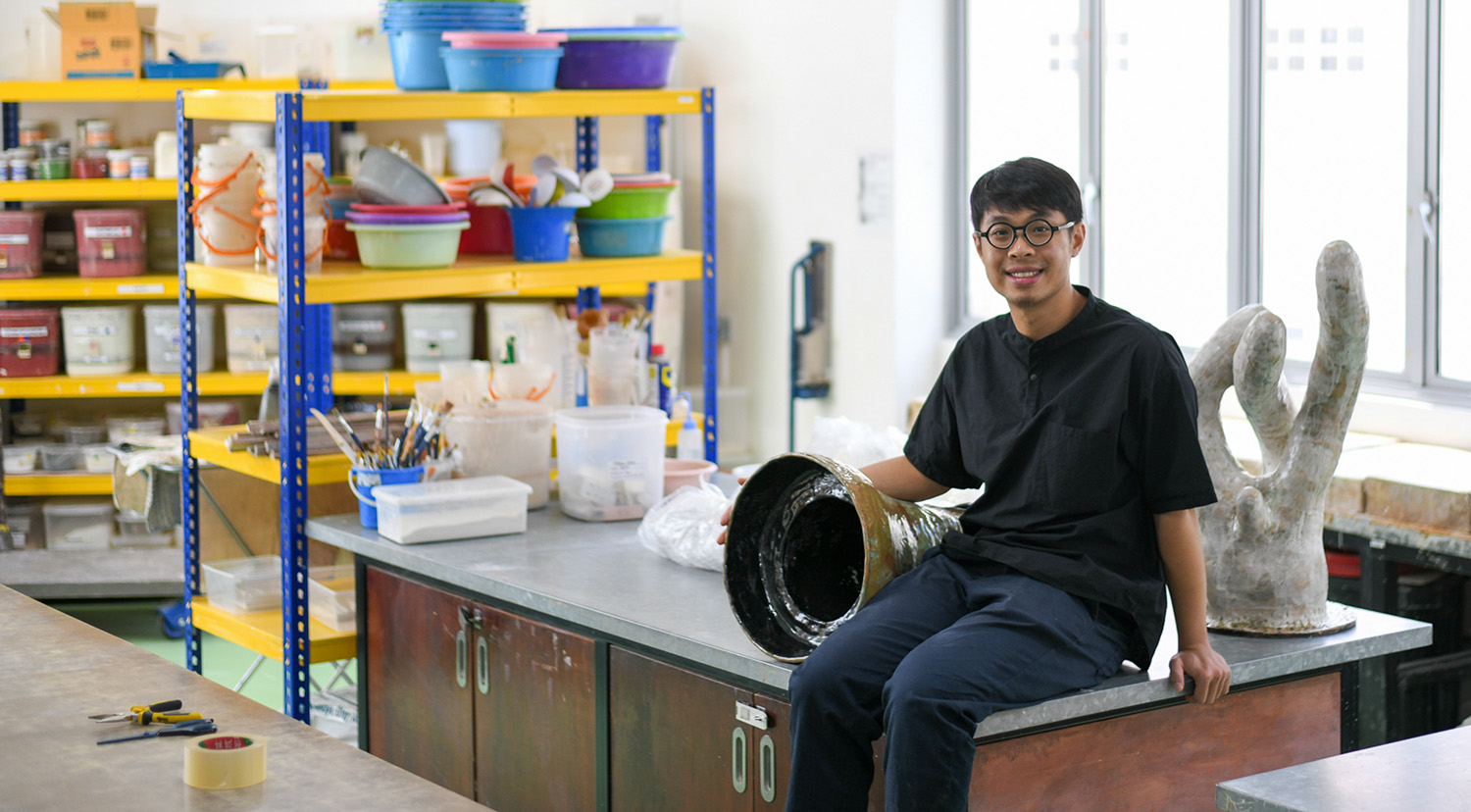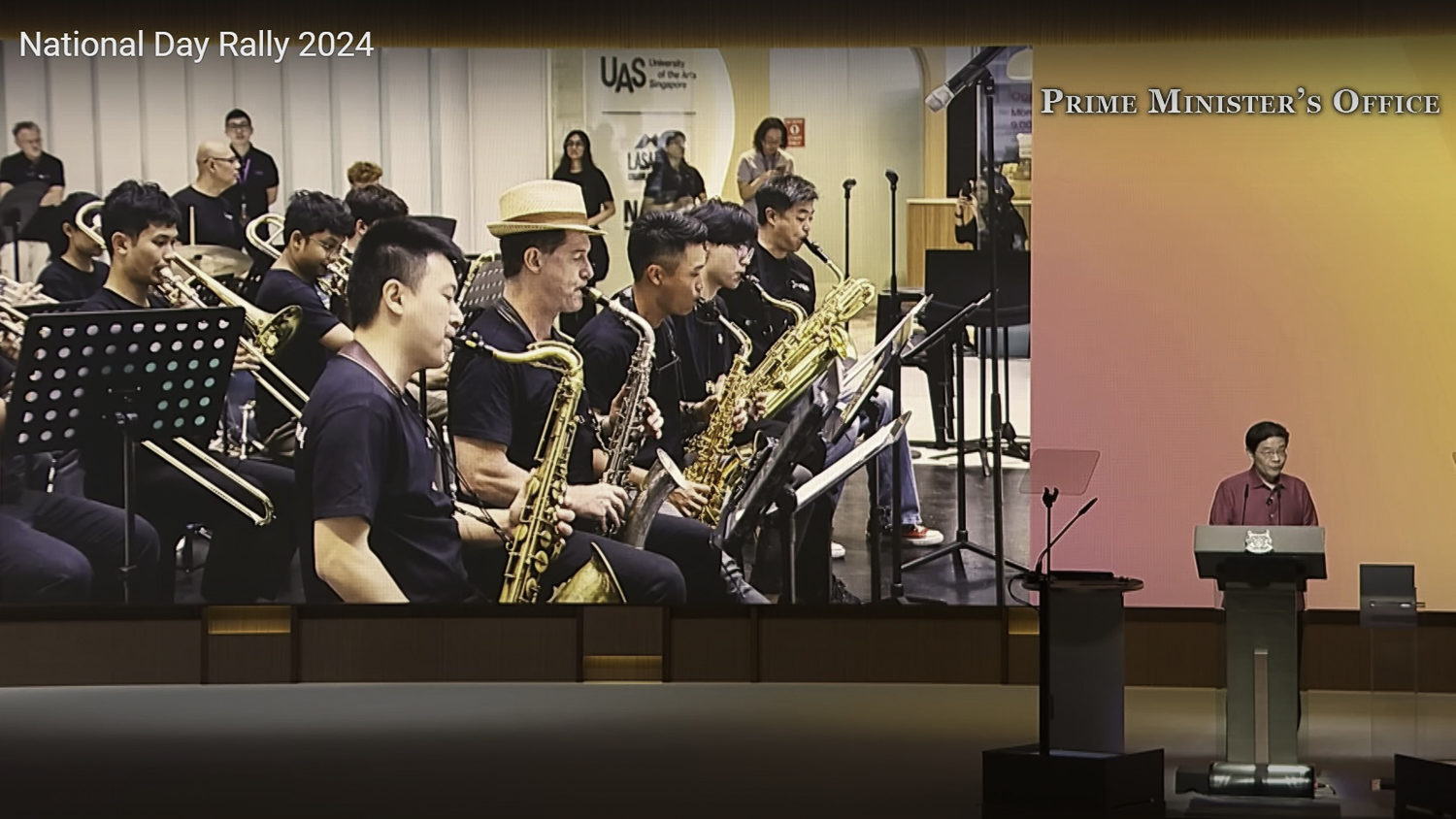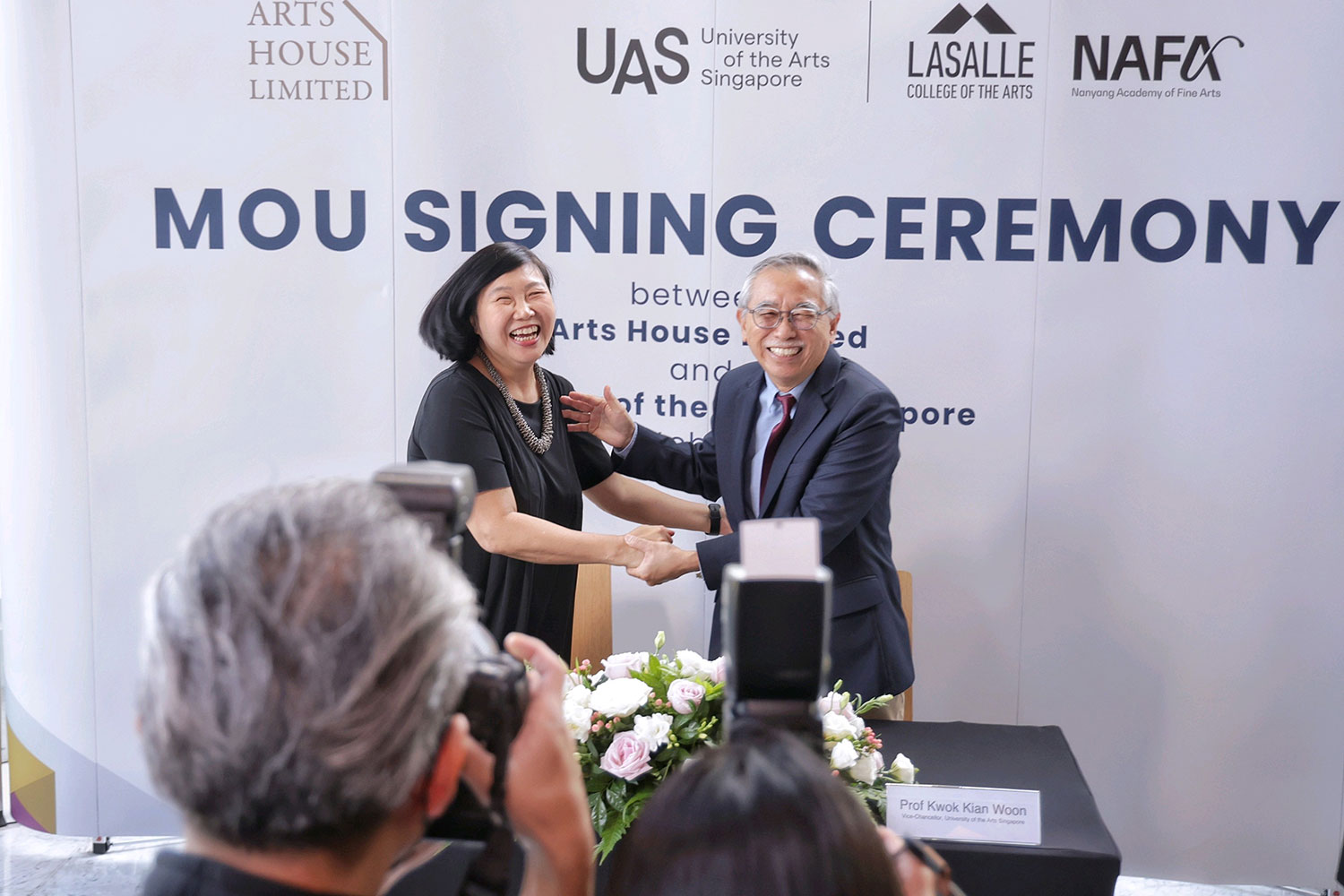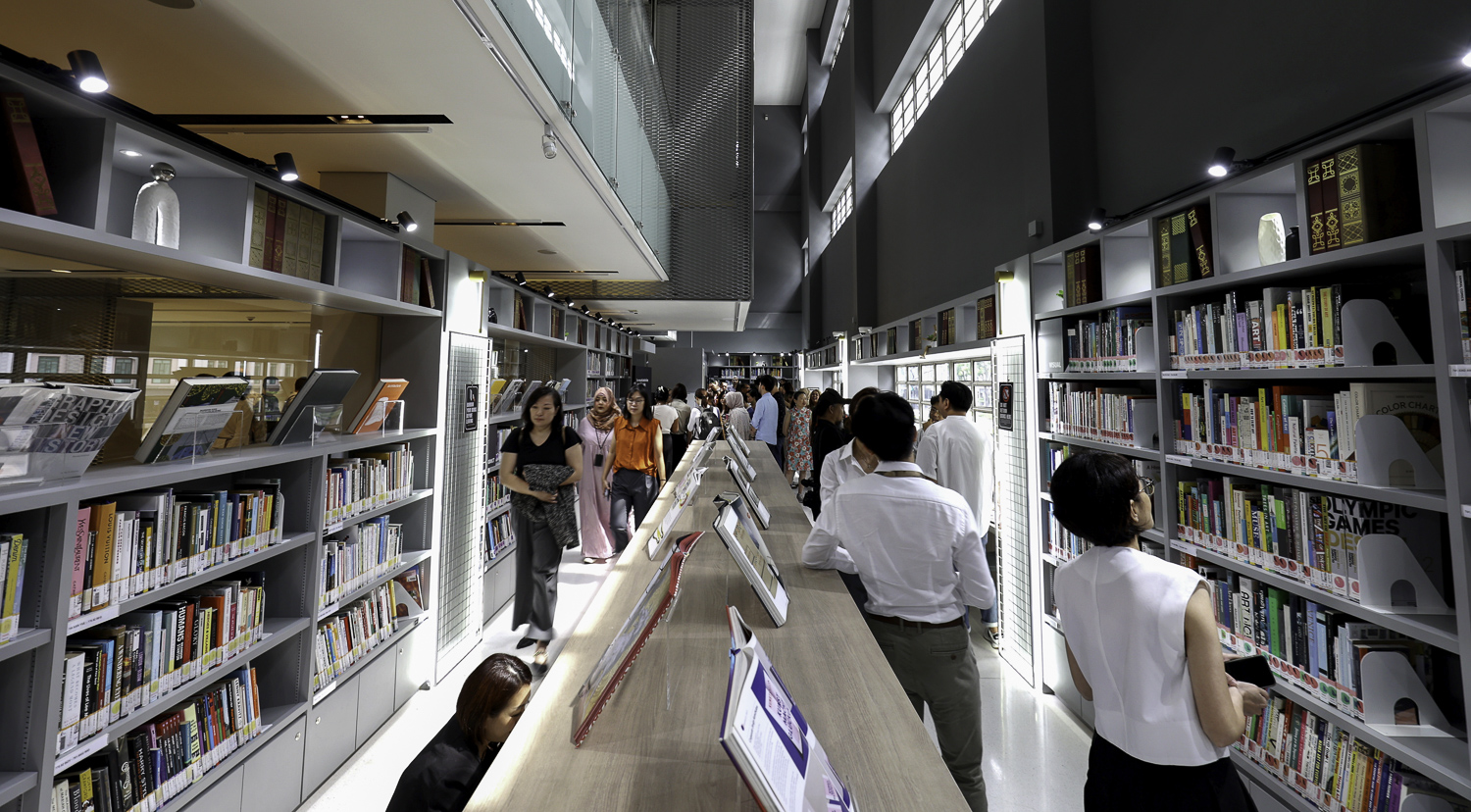By Venka Purushothaman, for The Straits Times
A new arts university will cater to the needs of the student of the 21st century. What are they? Some thoughts, and a wish list.
The announcement of a new university of the arts by Minister of Education Lawrence Wong on March 3 is a bold strike amid the coronavirus pandemic, volatile economies, uncertain geopolitics, changing demographics and unprecedented challenges for higher education and the arts and cultural sectors worldwide.
The university, to be private but supported by the Government, will be formed through a strategic alliance between Singapore's arts institutions, Lasalle College of the Arts (Lasalle) and the Nanyang Academy of Fine Arts (Nafa).
Both will remain as distinct colleges, and the alliance will see degrees awarded in the name of the new university. It is envisioned to be a champion of the arts, creativity and innovation as a post-Covid-19 Singapore prepares to become a highly desirable city of the future. More importantly, it will have catalytic impact on the arts, integrating them throughout society, enhancing the social resilience of Singaporeans through reflection and practice as seen during the pandemic.
Why an arts university, now?
Three key aspects drive the need for a specialised arts university.
First, the future demands a creative and innovative-led mindset to fuel economies in the Fourth Industrial Revolution.
The World Economic Forum's Future of Jobs 2020 shows that creativity, originality and initiative rank within the top five emerging skills in demand in Singapore. These happen to be the core skills that Lasalle and Nafa espouse in their education. The arts university will enable the two institutions to fortify their strengths to better support various sectors of the economy.
Second, the arts have come a long way since the early days of Government investment to make Singapore a vibrant global city of the arts.
Before Covid-19, attendance at arts and cultural events reached a record high of 15.6 million in 2019, surpassing 2018's record of 13.6 million. The arts university will become symbolically and culturally central for a fast-evolving Singapore to produce a new generation of artistic and creative talent.
Third, the alliance will bring to the fore the centrality of Lasalle and Nafa's roles in the cultural and creative sectors. With the combined strength of 120 years of arts education and a current full-time student population of over 5,000 in an array of programmes, they meet the full arc of these sectors' educational needs, and are poised to drive research and innovation.
The university will empower the two independent colleges to strategically coordinate a diverse talent pipeline, develop technology-inspired capability, and further the future of artistic craft, research and discourse.
Needs of the 'new' student
The "new" student of the 21st century, born post-2000, is aware that learning experiences can be found in many places, and they are enriched by reaching out, collaborating and participating locally and globally.
Exposed to technology, social justice and global networks, students' idea of work is also changing; they can opt for freelance and short-term project work instead of a full-time, institutional job.
Universities of the future need to embark on strategic alliances with industry and other educational institutions to engage and educate such students who will be the architects of their own future and communities.
While the industry will continue to define jobs, universities need to expand their definition of occupations. As all forms of jobs become vulnerable in a globally challenging environment, universities have to not only prepare graduates for employment, but also sharpen their focus in becoming centres of ideas and innovation spaces that will support the development of students' lifelong learning.
In this regard, the new university under a Lasalle-Nafa alliance will be Singapore's unique contribution to the world of higher education.
Tried-and-tested higher educational alliance models exist in many creative and future-looking cities. These include the University of the Arts London, which houses the world-renowned Central Saint Martins and London College of Fashion, and the AP University of Applied Sciences in Belgium, home to the prestigious Royal Academy of Fine Arts and Royal Conservatory of Antwerp.
AP University, in particular, was developed to "deepen the world view of its students" by creating research and shared learning experiences in areas such as health and well-being, and science and technology.
Home-grown institutions Nafa and Lasalle were founded by prolific artist-educators Lim Hak Tai in 1938 and Brother Joseph McNally in 1984, who believed in the significance of the arts to humanity, with the latter being clear that an industrialising Singapore needed a soul through the arts.
Today, armed with a portfolio of distinctive practice-led arts practices, organised around atelier and conservatoire models of learning, both institutions are highly regarded in the region, with Lasalle ranked by the QS World University World Rankings as No. 2 in Asean among specialist arts institutions.
Both have their distinctive approaches to arts education, earmarked by their pedagogic systems, student profiles as well as exhibition and performance-making; producing Singapore's award-winning artists, and cultural scribes who showcase the Republic's talent globally.
Their new leap into the future provides a sustainable plan for them to face a fast-changing demographic and a reinventing creative economy.
Visions for a future
The new university must be an inspiring centre of arts and culture - where ideas and practices, ideologies and philosophies, methods and materials, and peoples and their cultures coalesce, co-exist and share. It must foreground a manifesto to push the boundaries of art-making and propose an aesthetic befitting 21st-century Singapore.
It should engage with Stem-focused universities (those whose areas are science, technology, engineering and mathematics) in Singapore to cultivate a culture of collaboration between the arts, sciences, technologies and the study of the future of the city-state.
Through the alliance, the university will become Singapore's largest hothouse for artists, artisans, musicians, film-makers, craftspeople, technicians, arts educators and more - a strong value proposition to the industry and region. The arts communities must find a "home" through access, participation, work and education at the university.
The university should aspire to be a thought leader and industry standard-setter in the creative arts, regionally and beyond. Through exchanges and global collaborations, research and enterprise, it should enable Singapore-trained artists and educators to become world-leading experts in the creative arts.
And it must be a significant engine of the cultural and creative economy. It should be a "cool" site of incubation to develop the next generation of artists, artist-led companies, creative enterprises and collectives.
Through partnership with cultural, corporate and community-based organisations, it should be the first port of call for the new, adventurous and experimental. While enabling the employability of graduates, the university should be a key player in defining the cultural and creative sector 2.0 for Singapore.
A university's purpose remains a search for truth and the transformation of individuals through knowledge. Lasalle and Nafa do this through reflexive practice.
The new specialised arts university will be a unique, practice-based institution in Singapore - the first of its kind that presents a potent cycle of teaching, research and art-making, all in equal portions at every level of a student's learning journey. These integral features present a value proposition unlike any in creative Singapore and the region.
- Dr Venka Purushothaman is deputy president and provost of Lasalle College of the Arts.
View the PDF
Source: The Straits Times © SPH Media Limited. Permission required for reproduction.












